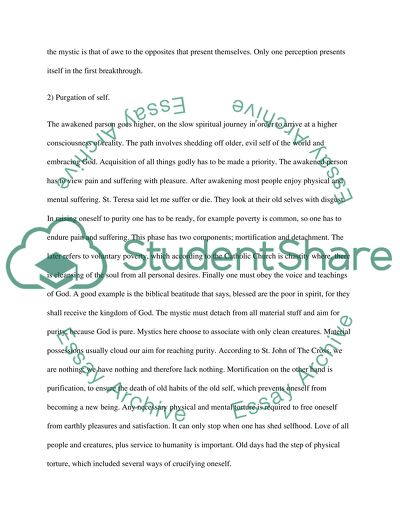Cite this document
(“Five Ways Leading to the Mystical Union Assignment”, n.d.)
Retrieved from https://studentshare.org/religion-and-theology/1398820-five-ways-leading-to-the-mystical-union
Retrieved from https://studentshare.org/religion-and-theology/1398820-five-ways-leading-to-the-mystical-union
(Five Ways Leading to the Mystical Union Assignment)
https://studentshare.org/religion-and-theology/1398820-five-ways-leading-to-the-mystical-union.
https://studentshare.org/religion-and-theology/1398820-five-ways-leading-to-the-mystical-union.
“Five Ways Leading to the Mystical Union Assignment”, n.d. https://studentshare.org/religion-and-theology/1398820-five-ways-leading-to-the-mystical-union.


